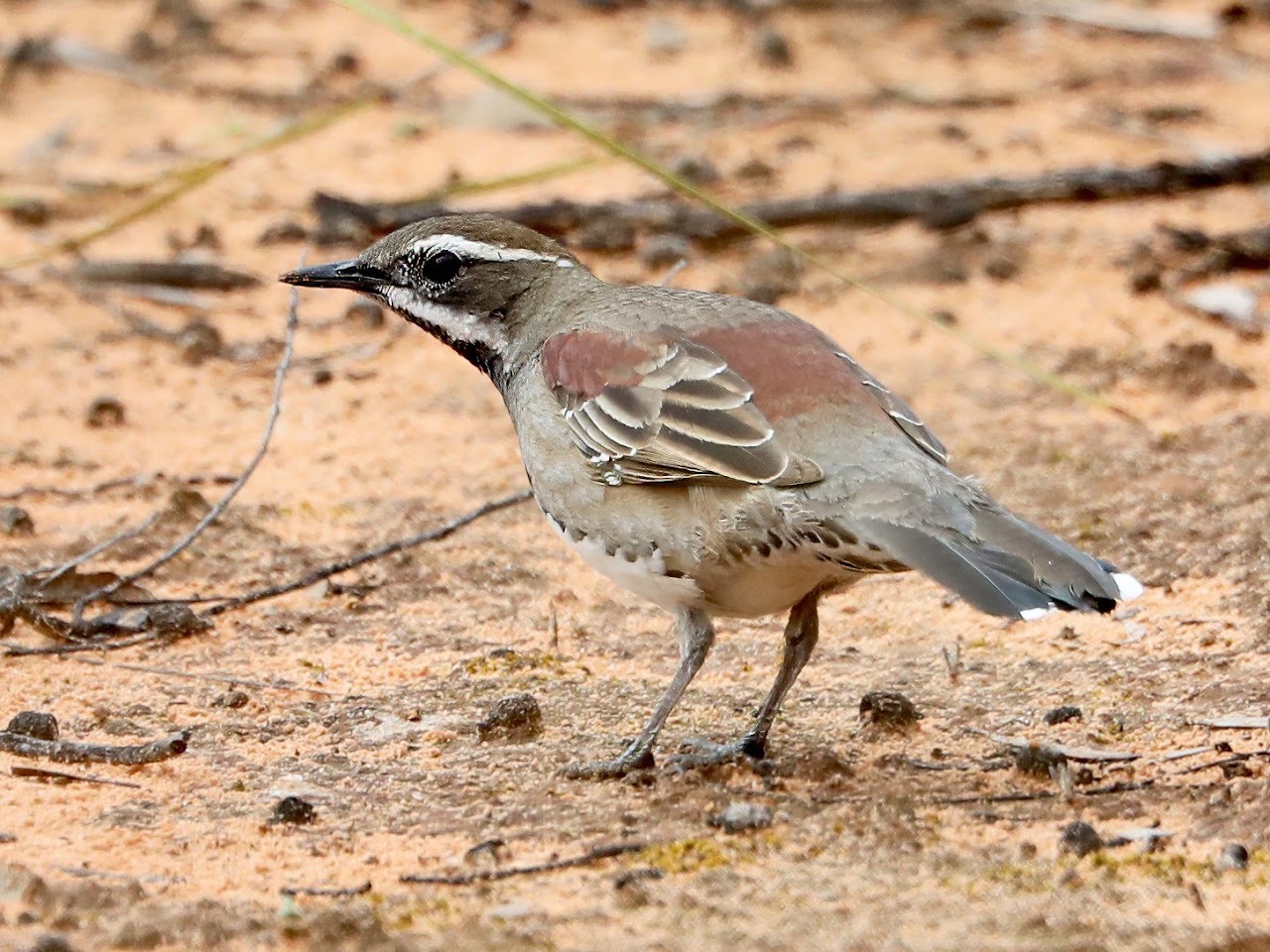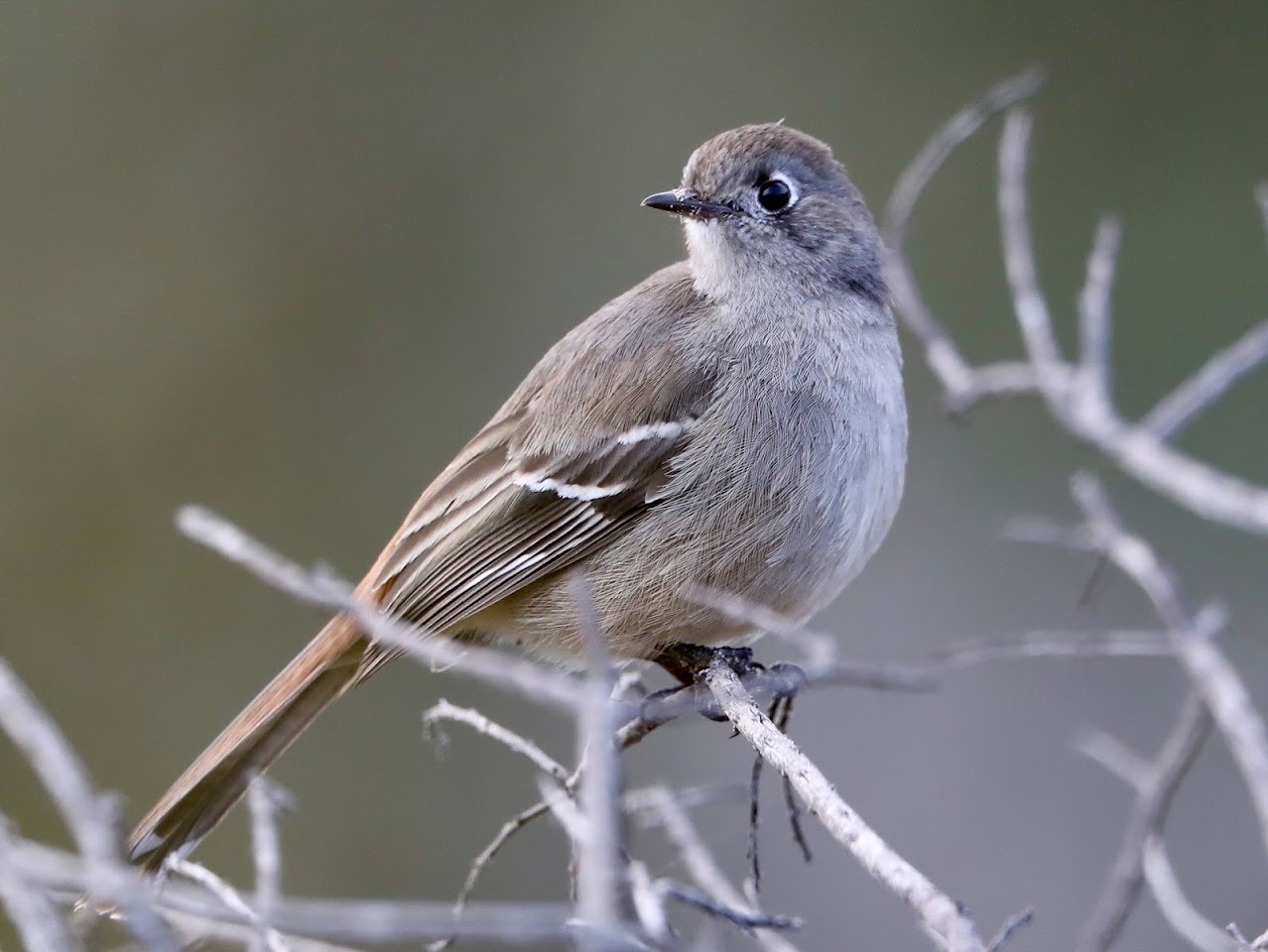Mallee Emu-wrens (Stipiturus mallee) were once found in the Murray Mallee both in Victoria and South Australia however wildfire in the SA mallee in recent years has wiped out the SA populations – the bird is now extinct in SA and now only found in Victoria. This sadly highlighted just how vulnerable Mallee Emu-wrens are to uncontrolled wildfires. They are now listed as endangered – the species is now facing a very high risk of extinction in the wild.
In the past two years there has been a Mallee Emu-wren translocation project underway to re-establish populations in SA. Over two seasons a total of 80 birds were translocated to SA – time will tell how successful this effort has been. To learn more on the status of the Mallee Emu-wren and the translocation project Google Mallee Emu-wren where you will find lots of information including Youtube videos on the translocation project.
Mallee Emu-wrens associate strongly with long unburnt, that is large clumps, of porcupine grass (Triodia scariosa) – a species of spinifex. While Mallee Emu-wrens are vulnerable to fire they also depend on fire to maintain the habitat they have evolved to live in. The issue is the scale, severity and frequency of fire.
We recently looked for Mallee Emu-wrens in the Hattah area and managed to find three male-female pairs in three locations – here are a few photos from two locations.
Please click on photos to enlarge.
My only photo of a female – they are far more reclusive than the males.
The frequency and severity of wildfire will continue to increase with global warming making protection of Mallee Emu-wrens very challenging into the future. Let’s hope this beautiful little bird has a future in the Murray Mallee.


















.jpeg)

.jpeg)













